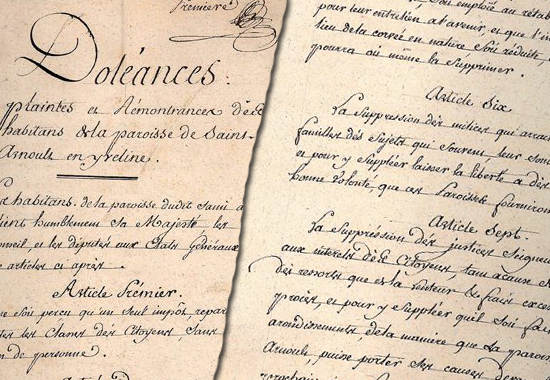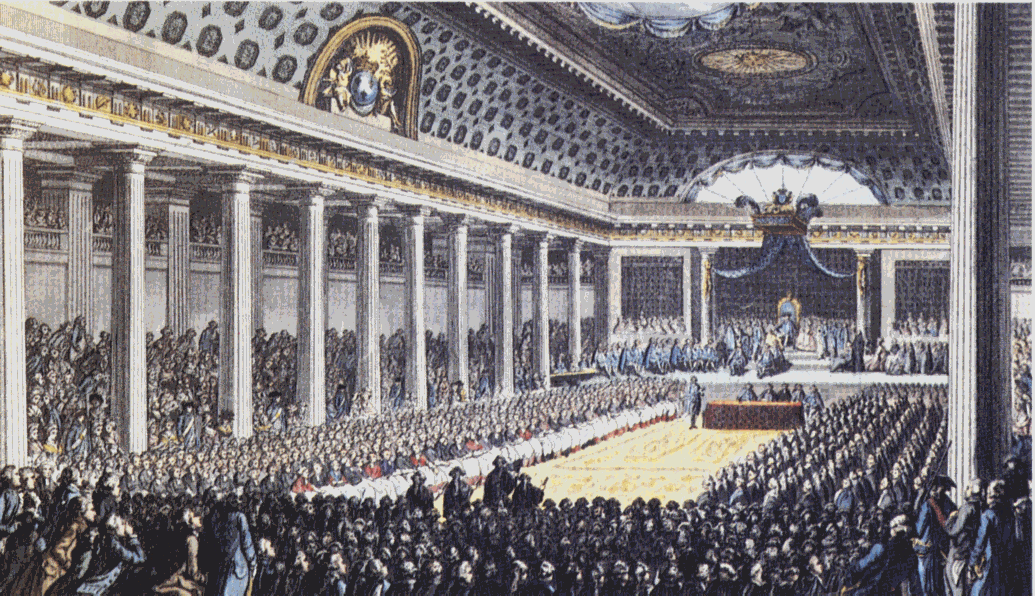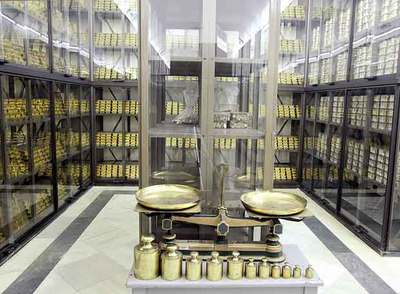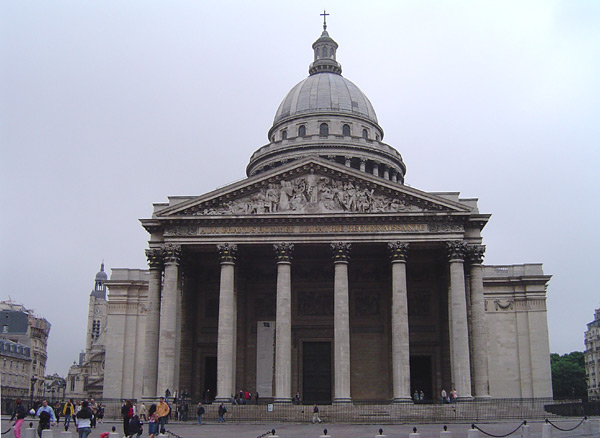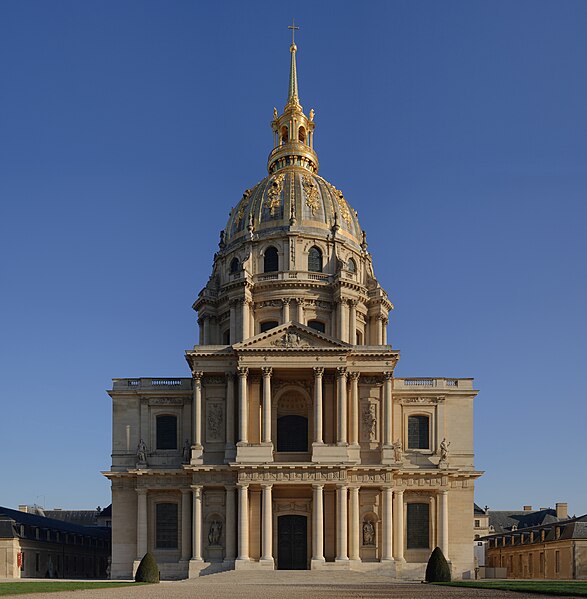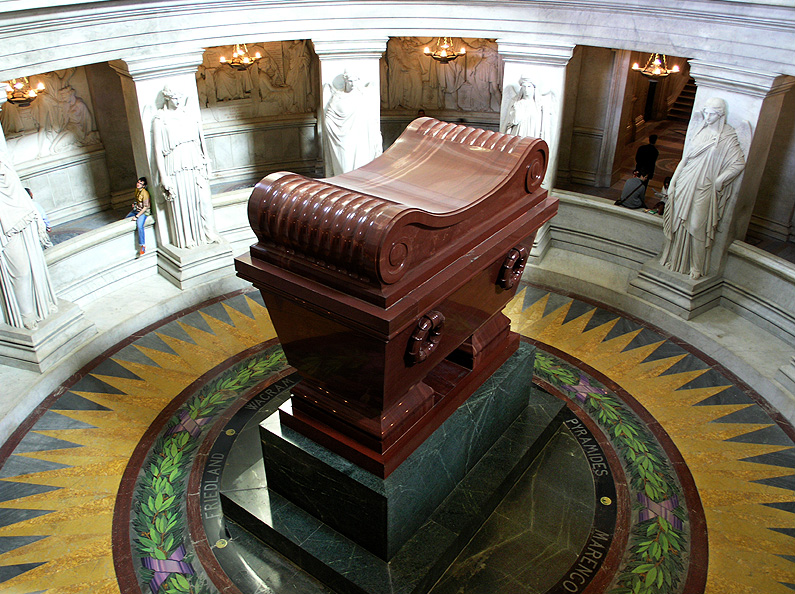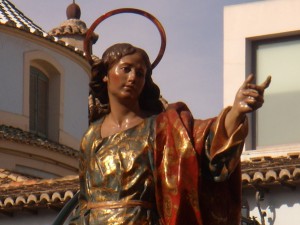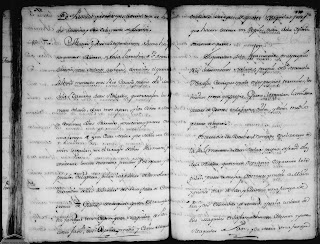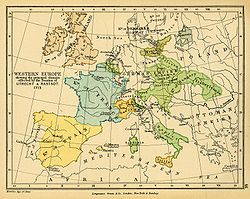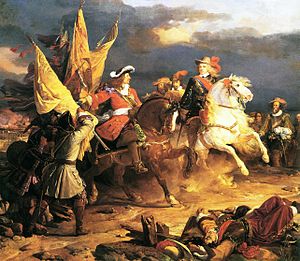Jornal, 19th of November
Hello everybody!
Today in Social Sciences we have been surprised very much, because when we have come into class we have seen that there were curtains, so "Good-bye to see badly".
Paqui has started the class reviewing what we saw last day. Paqui said us that she sent to Fernando a mail saying that he should do an extra-work, but Fernando didn´t read it.
After that, Paqui has explained the last post that she has written about "Phlip V of Spain" he was very creazy, he did a lot of strange things. Then, Paqui explain Philip VI, was a beurotic, but when his wife died, he became more crazy. He spent his last year of life at bed, he died in his excrements. Then Jose Ángel ,the head of studies, has come to the class and he said that if Roxana, Salva, Laura Casero and Raquel can go out a moment.
After that, we have to copied some things, that Paqui has written on the blackboard. The scheme was about "Centralized Absolutism" the scheme explain that Philip V and Ferdinand VI ruled as Absolute Monarchs, but their mental problems obliged their secretaries to be in charge of everyday decisions. Some competent ministers worked for them:
- Marquis of Ensenada-> Project of Unique tax over the land, as had been done in the former Crown of Aragon , as a punishment for their support to Archduke Charles. A survey with this purpose was made in Castile, but the opposition of the privileend stopped this reform. Ensenada also modernized the Navy and tried to control trade with the Indies and reduce contraband.
Marquis of Ensenada
http://www.google.es/imgres
Ensenada´s cadastre http://www.google.es/imgres
Paqui has drawn a map to explain Ensenada´s project.
Sourse: The author : Me.
We have seen same photos of kings and observed that Charles IV looks like present king of Spain. And all of the bourbons have the same nose. Paqui has asked us if we understood everything .
Then, Paqui has said that now we were going to start with Charles III. Charles III was a representative of Enlightened Absolutism in Spain. Many of his ministers were enlightened: Campomaoes, Olavide, the Counts of aranda and Floridablanca. He had been the king of Naples for 20 years, where he got into contact with enlightened ideas. He brought some Italian minister with him and started some reforms following the enlightened ideas. This reforms provoked the reaction of the privileged: ESQUILACHE RIOTS (Motín de Esquilache). Esquilache didn´t do anything without Charles III permission. He changed the clothes.
Floridablanca http://www.google.es/imgres
Aranda http://www.google.es/imgres
For homework we have to do page 11 from 21 to 23 form book.
http://www.google.es/imgres
The most interested thing for me has been the life of Philip V, he was obsessed with sex, he stayed 19th months without changing his clothes, he thought that he was a frog and he put the ministers to work at 2 o´clock of morning. jajaja
GLOSSARY:
- Remorse: Remordimientos
-Survey: Encuesta
-Navy: Armada, flota.
-Cadastre: catastro
-Customs: aduanas
-Brim: ala de sombrero
-cloaks: Capa
-To chase: detener
Bye bye!!
